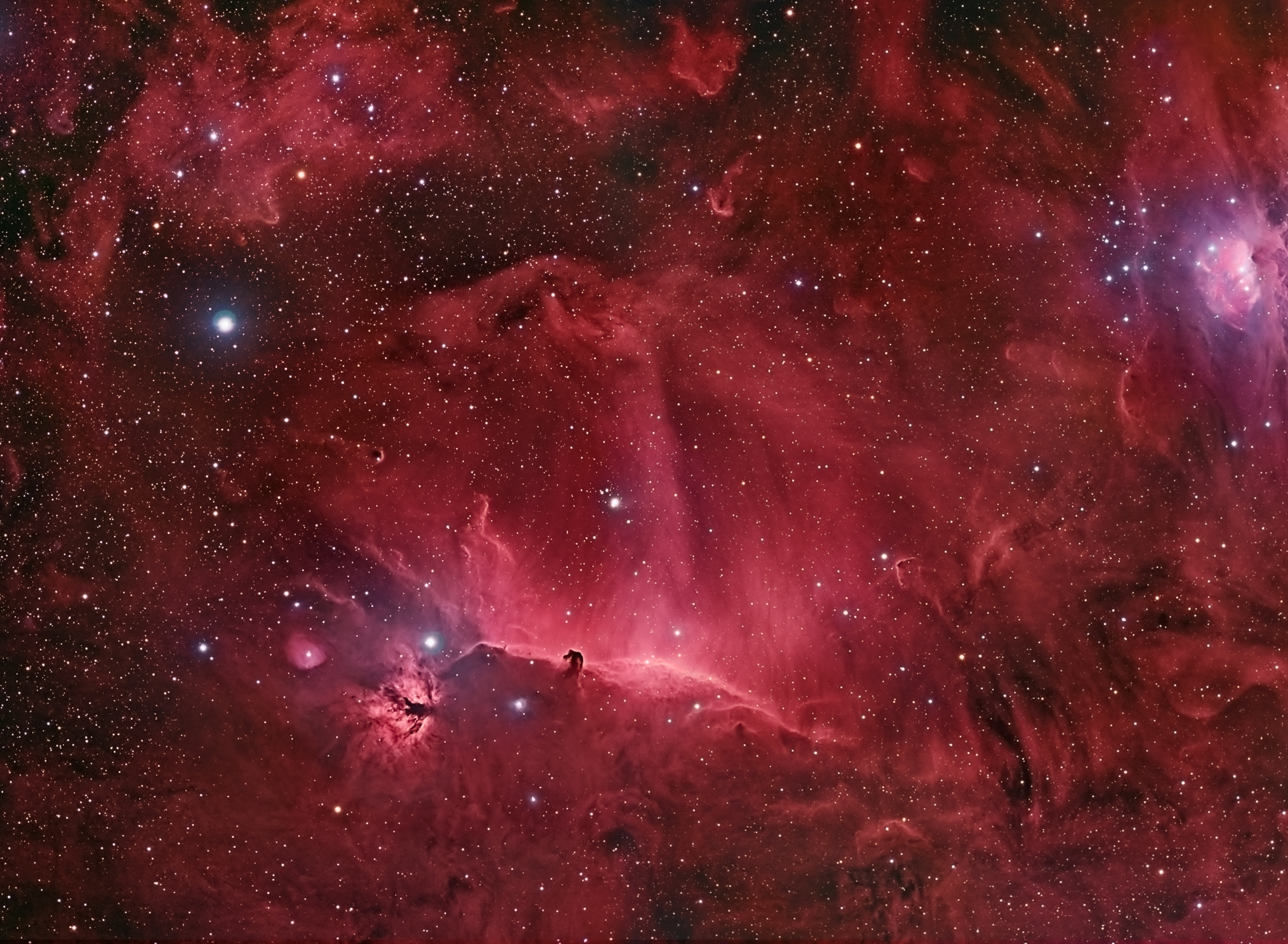
The latest show at the
California Academy of Sciences (CAS), "Journey to the Stars," premiers on September 26th. The CAS, in conjunction with the
American Museum of Natural History (AMNH) in New York, created an excellent visual and scientific experience for all ages, yielding an impressive work that both teaches and amazes with its sharp, detailed images of the life cycle of stars.
The Morrison Planetarium at the CAS is an all-digital theater with a 75 foot dome that transforms itself into the night sky and transports the audience to the far reaches of the galaxy. I continue to marvel at the way in which new technology and research are being combined by the AMNH and CAS to bring the latest astronomical and cosmological discoveries to mainstream audiences in a way that makes the science interesting and vivid. For example, during "Journey to the Stars" I was very impressed with close-up visits to the
Orion Nebula and
Helix Nebula in which the audience gets a close-up view of the depth and breadth of these star-forming regions of space. Classroom learning about star formation is one thing; seeing the amazing photographs such as the
Pillars of Creation from the
Hubble Space Telescope is

another; but the interactive view of these places with the advanced digital imaging that you see in
"Journey to the Stars" is, in my view, extraordinary.
The show runs many times daily and I strongly urge anyone with an interest in science and astronomy to head out to
Golden Gate Park to take in this riveting show.







